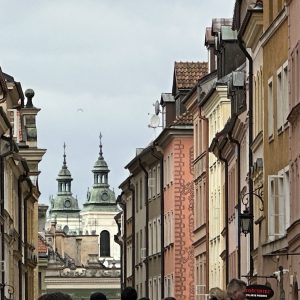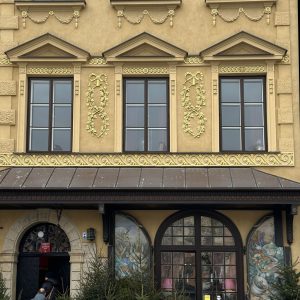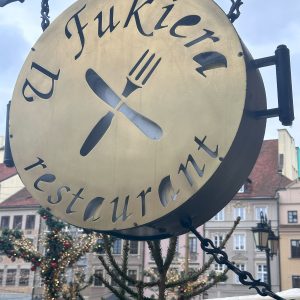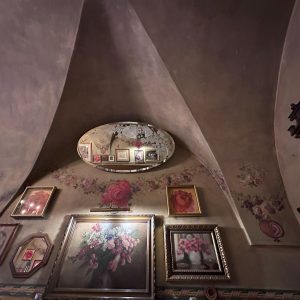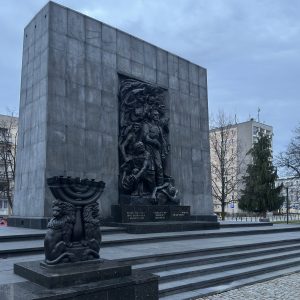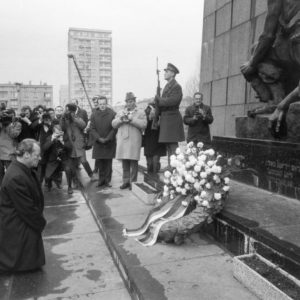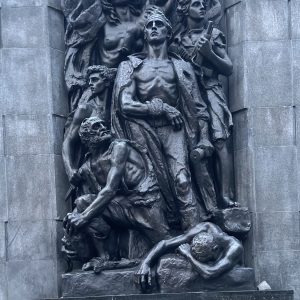Visiting Warsaw and better understanding of Poland
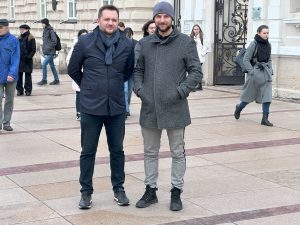 Tomasz Zurawski, excellent partner in processing and managing a sizable injection molding systems project and delivered to India and Brazil in this past year, invited me to visit in Warsaw where he and his Warszawian friend Michal Lebkowski hosted and guided and also enlightened me about Poland and Warsaw.
Tomasz Zurawski, excellent partner in processing and managing a sizable injection molding systems project and delivered to India and Brazil in this past year, invited me to visit in Warsaw where he and his Warszawian friend Michal Lebkowski hosted and guided and also enlightened me about Poland and Warsaw.
This is a Big Thank You to Tomasz and Michal.
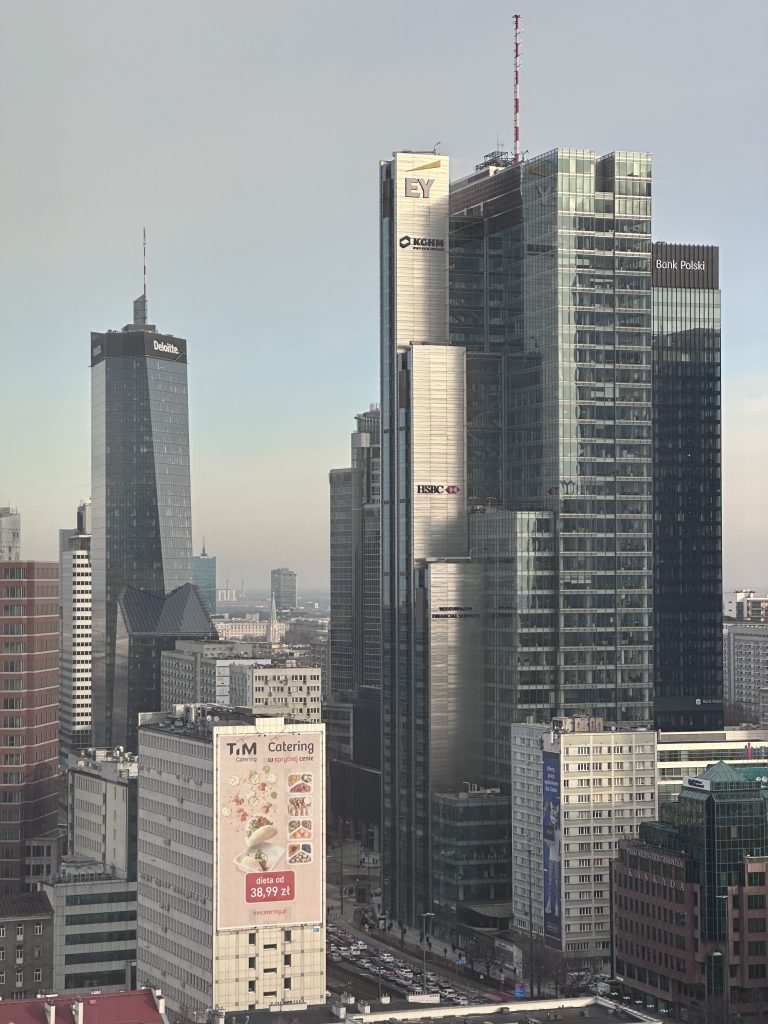
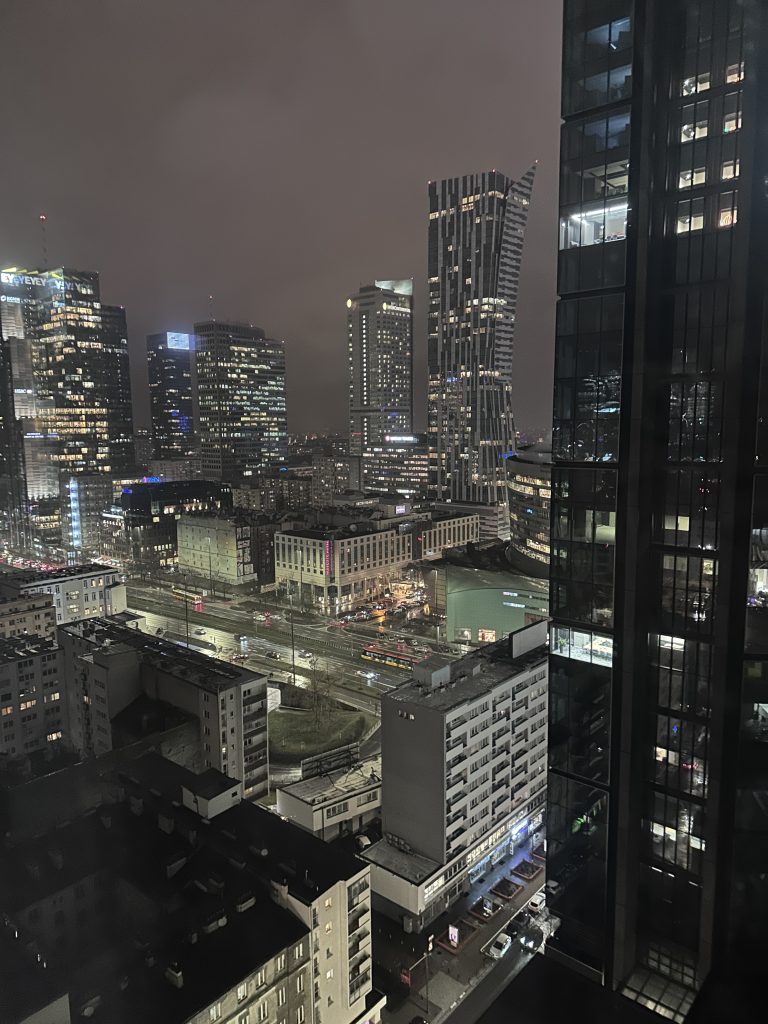
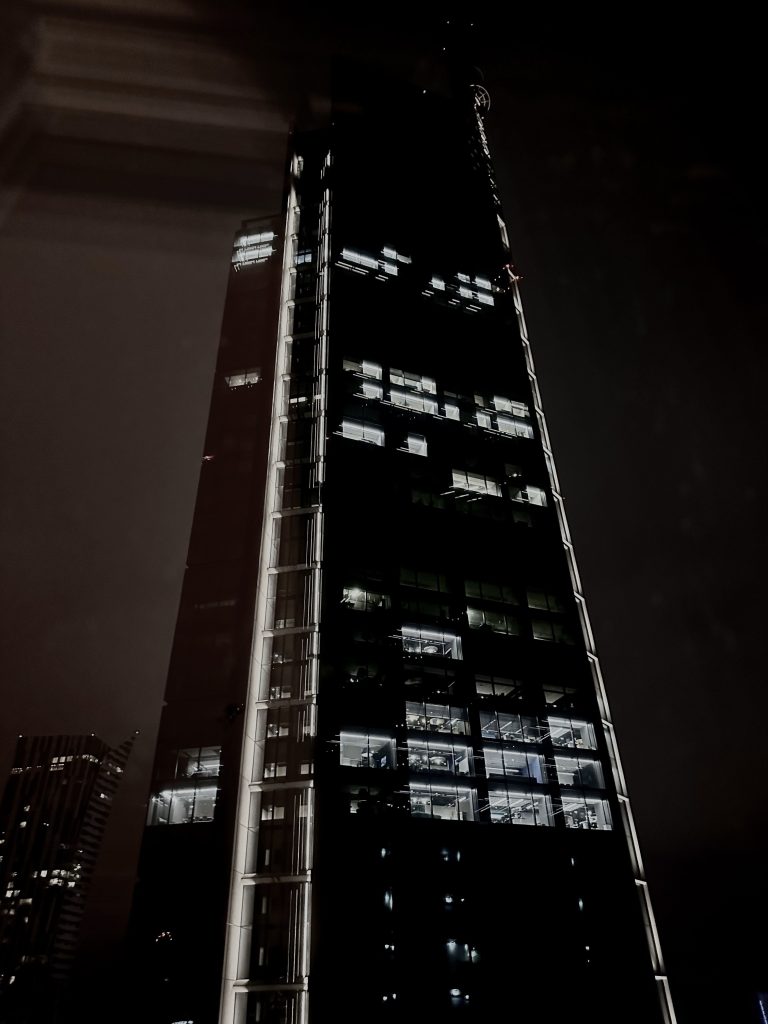
Complementary to this report: an article on the Varso Center Tower from the current issue of The Economist, March 02, 2024:
https://www.economist.com/europe/2024/02/28/is-europes-lack-of-skyscapers-a-blessing-or-a-sign-of-deficient-ambition
I had visited Warsaw, city of the namesake pact in 1982, i.e., 42 years ago. When I visited in the week of February 19, I did not recognize this city. Tomasz picked me up at the Centralna (Central Station). On the way to the XYZ Leonardo hotel neighboring the Varso Center (at 310 meters, the Varso Tower is the tallest building in the European Union) … The photos and the video are taken out of my room in the hotel.
I felt a bit Manhattan-like …
Warsaw, situated in the eastern region of Marsowia (110 km east of the geometrical center of Poland), is the capital of Poland since 1596, some time after Poland and Lithuania had merged into a commonwealth, or rzeczpospolita in Polish (today the term for Republic, also the name of second largest serious national daily newspaper in Poland after Gazeta Wyborcza – both regularly quoted in our Pressestimmen on Deutschlandfunk). 200 years before the two grand duchys had already formed a personal union.
Act of the Union of Lublin, 1569:
“The Kingdom of Poland and the Grand Duchy of Lithuania are one in divisible and in separable body, and a single inseparable Commonwealth” as displayed in the Muzeum Polin:
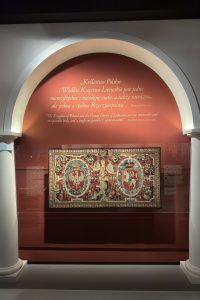
With Poznan and Gniezno as principal towns the state was created 700 years before. Warsaw started its existence at about that time and grew to be important due to its favorable situation at the Vistula river.
Warsaw may be heart and soul of country and nation … other great Polish cities like Krakow, Lodz, Gdansk, Wroclaw, Poznan, may be competing for the ‚heart‘ nomination.
Size – population-wise – probably depends on whom you ask or in which medium you look it up: between 2.5 and 4 MM. Wikipedia refers to a census by the office of statistics in 2017: 1.758.143.
A proud ‚Warsowite‘ commented 4 MM.
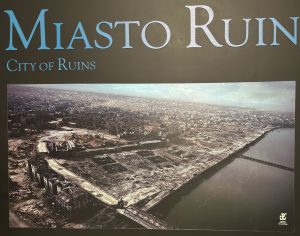 The Muzeum Postwania Warszawskiego illustrates the uprising by the Warszawians – armed forces and the civilians – against the German oppressors.
The Muzeum Postwania Warszawskiego illustrates the uprising by the Warszawians – armed forces and the civilians – against the German oppressors.
It has been Warsaw’s most disastrous experience. It lasted from August to October of 1944 … 80 years ago this year.
This uprising – not to be confounded with the Ghetto uprising of just one year before – resulted in an almost ‚total‘ (Hitler’s favourite word) destruction of the city. The uprising by the Polish armed forces and the civilians – men, women, even children – had been truly heroic.
The carnage performed by the German Armed Forces was systematically annihilating – just as a year before, when the German forces had erased the Jewish Ghetto.
Documents, photos, testimonies about this second chapter of German State terrorism in this city of legendary suffering bear depressing witness – utterly so for me as one who was borne German (in what used to be Breslau and was rebuilt as Wroclaw after Gemany’s capitulation) … and who – until two years ago (apparently naïvely and undeservedly) – enjoyed living in an era of regional peace.
The visits to the three museums which my hosts afforded me on February 20 and 21 were a perfect combination to communicate the history of Poland and Warsaw … and made me forget about irrelevant issues such as wheather conditions.
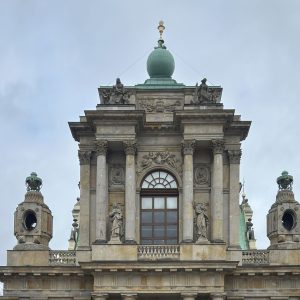
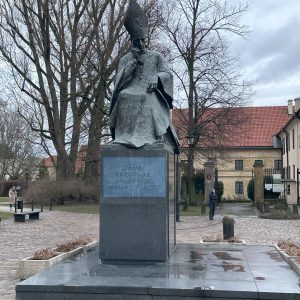
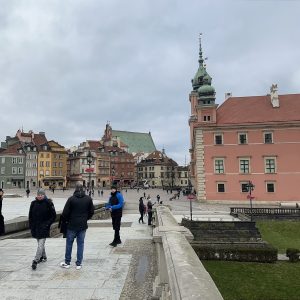
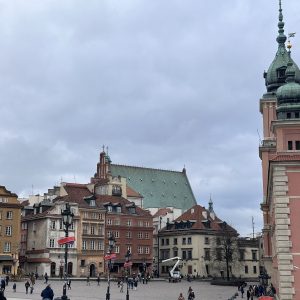
Looking at these documents and photos, another massacre somewhere else comes to mind: The Gaza-war – I would prefer to call it ‚fighting terrorists (Hamas)‘. Especially for a German this association creates a cognitive dissonance (*) independently from this Warsaw uprising of almost exactly eighty years ago. I feel we Germans are confronted by the dilemma having to defend the jews regardless, because we Germans remain guilty of the ultimate crime on the jews – for ever.
(*) mental discomfort that results from holding two conflicting beliefs, values, or attitudes.
Following Germany’s capitulation in the following year the sequel of Poland’s sufferings and uprisings did not end then …
Noteworthy: with 17,2% of their population perished during WWII no nation suffered more deaths than the Polish … followed by the USSR population with 14,2 %.
For the record: 9,2 % of the German population succumbed to its self-inflicted global carnage.
Poland recovered back to prewar population levels only 25 years after the war.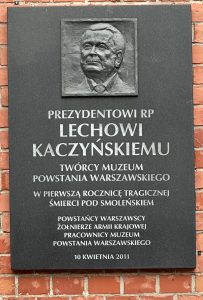
Also noteworthy: To the right of the entrance into the museum building is a sculptural plaque showing the head of Lech Kaczinski, the former President of the Republic of Poland. Lech and his twin brother Jaroslaw, leader of the PIS, were born in 1949, five years after the uprising.
Shouldn’t the memory of those who fought against the superiority of the German power machine come before the memory of the builder of this museum? The Museum had been dedicated „To the President of the Republic of Poland,
Creator of the Museum of the Warsaw Uprising
on the first anniversary of the tragic death in Smolensk
Warsaw Insurgents
Soldiers of the National Army
Employees of the Warsaw Uprising Museum
10 April 2011“
The Muzeum POLIN is a comprehensive show of the History of Polish Jews. On completion of this visit one might be tempted to rename it: Museum of the History of Jewish Poles.
‚Polin‘ is Hebrew for ‚the land of rest‘. It may be a daring assumption to interpret this soothingly sounding name as origin of the name of this heroic country. This exhibition documents and explains the Jewish contribution to the Polish development of wealth and culture, the Nation.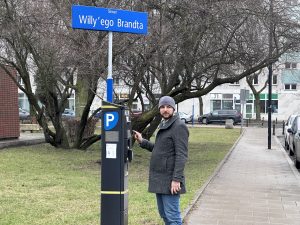
This museum is also a hallmark of the city’s architectural splendor and of the creativity and engineering competence of its architects and entrepreneurs. This European capital abounds with impressive architecture.
It is located at the Skwer Willy’ego Brandta, the Willy-Brandt-Square and Park where the then chancellor Willy Brandt had knelt in pensive apology before Warsaw’s Holocaust Monument on December 07, 1970.
My Warsaw hosts also took me past churches, parks and the Royal Castle to the particularly pretty and perfectly restored Old Town.
In the Museum of Warsaw at the Old Town square – also skilfully restored from the war-torn rubble – it dawned upon me why Polish restaurateurs are so much sought-after. These artists are in command of the necessary skills and crafts to restore all kinds of works of art. Breslau – completely destroyed in 1945 – was reborn as Wroclaw as one of the most beautiful cities.
Or Palmyra: during their ten-months rule of this more than 3.000 years old desert city the ISIL-jihadists executed hundreds of civilians and blew up some of Palmyra’s most beautiful temples and funerary towers.
Experts of the University of Warsaw’s archeology institute were the first foreign archeologist to enter Palmyra after ISIL had been vanquished and expelled. They have already restored the three-metre-tall Lion of al-Lat dating back to the 1st century BC … and still so much to restore. ISIL’s barbarians have done a pretty complete job …
I had visited Palmyra in 1961.
My hosts did not only gave me a lot of food for thought … Michal introduced us to his favourite restaurant, quaint, pleasantly old-fashioned, absolutely comfortable. We had a special tartar which tasted out of this world: the U Fukiera restaurant.
When in Warsaw, do as the Warsawians do, go to U Fukiera …
I am very thankful for this wonderful experience to my splendid hosts Tomasz and Michal.
